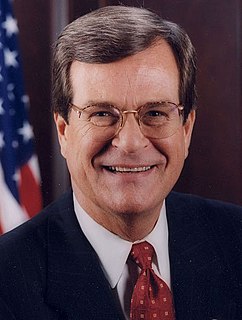
The 2002 United States Senate elections featured a series of fiercely contested elections that resulted in a victory for the Republican Party, which gained two seats and thus a narrow majority from the Democratic Party in the United States Senate. The Senate seats up for election, known as "class 2" Senate seats, were last up for regular election in 1996. The election was held on November 5, 2002, almost fourteen months after the September 11, 2001 attacks.

The 1964 United States Senate elections coincided with the election of President Lyndon B. Johnson by an overwhelming majority, to a full term. His Democratic Party picked up a net two seats from the Republicans. As of 2019, this is the last time either party has had a two-thirds majority in the Senate, which would have hypothetically allowed the Senate Democrats to override a veto, convict and expel certain officials, or invoke cloture without any votes from Republicans. The Senate election coincided with Democratic gains in the House in the same year.

The 1948 United States Senate elections were elections which coincided with the election of Democratic President Harry S. Truman for a full term. Truman had campaigned against an "obstructionist" Congress that had blocked many of his initiatives, and in addition the U.S. economy recovered from the postwar recession of 1946–47 by election day. Thus Truman was rewarded with a Democratic gain of nine seats in the Senate, enough to give them control of the chamber.

The 1946 United States Senate elections were held November 5, 1946, in the middle of Democratic President Harry S. Truman's first term.

The United States Senate elections of 1934 occurred in the middle of Democratic President Franklin D. Roosevelt's first term. In the middle of the Great Depression, voters strongly backed Roosevelt's New Deal and his allies in the Senate. The Democrats picked up a net of nine seats, giving them a supermajority. President Harry S. Truman was first elected to the U.S. Senate in the 1934 election. Truman would serve over a decade in the U.S. Senate, before becoming President Roosevelt's third Vice President, before succeeding to the presidency upon the death of President Roosevelt.
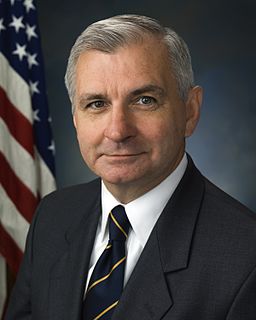
The 2008 United States Senate election in Rhode Island took place on November 4, 2008. Incumbent Democratic U.S. Senator Jack Reed won re-election to a third term.
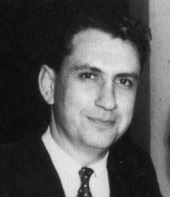
The 1980 United States Senate election in Pennsylvania was held on November 4, 1980. Incumbent Republican U.S. Senator Richard Schweiker decided to retire, instead of seeking a third term. Republican nominee Arlen Specter won the open seat, defeating Democratic nominee Peter F. Flaherty.

The 1934 United States Senate election in Minnesota took place on November 6, 1934. Incumbent Farmer-Labor U.S. Senator Henrik Shipstead defeated former State Senator Nathaniel J. Holmberg of the Republican Party of Minnesota and U.S. Representative Einar Hoidale of the Minnesota Democratic Party to win a third term.
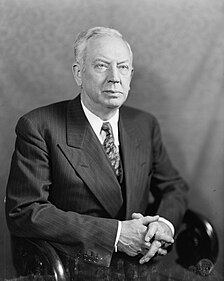
The 1946 United States Senate election in Pennsylvania was held on November 5, 1946. Incumbent Democratic U.S. Senator Joseph F. Guffey sought re-election to another term, but was defeated by Republican nominee Edward Martin.

The 1940 United States Senate election in Pennsylvania was held on November 5, 1940. Incumbent Democratic U.S. Senator Joseph F. Guffey successfully sought re-election to another term, defeating the Republican nominee, Jay Cooke.

The 1928 United States Senate election in Pennsylvania was held on November 6, 1928. Incumbent Republican U.S. Senator David A. Reed successfully sought re-election to another term, defeating Democratic nominee William N. McNair.

The 1916 United States Senate election in Pennsylvania was held on November 7, 1916. Incumbent Republican U.S. Senator George T. Oliver was not a candidate for re-election. The Republican nominee, Philander C. Knox defeated Democratic nominee Ellis C. Orvis.
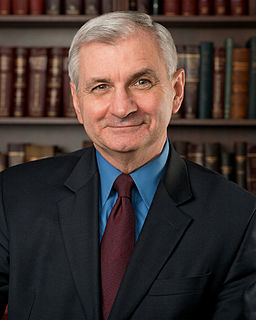
The 2014 United States Senate election in Rhode Island was held on November 4, 2014 to elect a member of the United States Senate from the State of Rhode Island, concurrently with the election of the Governor of Rhode Island, as well as other elections to the United States Senate in other states and elections to the United States House of Representatives and various state and local elections.

The 1934 United States Senate elections in Arizona took place on November 3, 1934. Incumbent Democratic U.S. Senator Henry F. Ashurst ran for reelection to a fifth term, defeating Republican nominee Joseph Edward Thompson in the general election by a wide margin.
The 2014 United States House of Representatives elections in Georgia were held on Tuesday, November 4, 2014, to elect the 14 U.S. Representatives from the state of Georgia, one from each of the state's 14 congressional districts. The elections coincided with the elections of other federal and state offices, including Governor of Georgia and U.S. Senator.

The 1940 United States Senate election in Missouri was held on November 5, 1940. Incumbent Democratic U.S. Senator and future President of the United States Harry S. Truman, who was first elected in 1934, decided to seek re-election to a second term. He narrowly defeated Republican nominee Manvel H. Davis.

Elections to the United States Senate will be held on November 3, 2020, with the 33 Class 2 seats of the Senate being contested in regular elections. The winners will be elected to six-year terms extending from January 3, 2021, until January 3, 2027. Additionally, there will be a special election in Arizona to fill the vacancy created by the death of John McCain in 2018.

The 1916 United States Senate elections in Arizona took place on November 7, 1916. Incumbent Democratic U.S. Senator Henry F. Ashurst ran for reelection to a second term, defeating Republican former Territorial Governor Joseph H. Kibbey in the general election by a comfortable margin.

The 1940 United States Senate election in Minnesota took place on November 5, 1940. Incumbent U.S. Senator Henrik Shipstead defected to the Republican Party of Minnesota from the Farmer–Labor Party of Minnesota, and defeated former Governor Elmer Benson of the Farmer–Labor Party and John E. Regan of the Minnesota Democratic Party to win a fourth term.






















